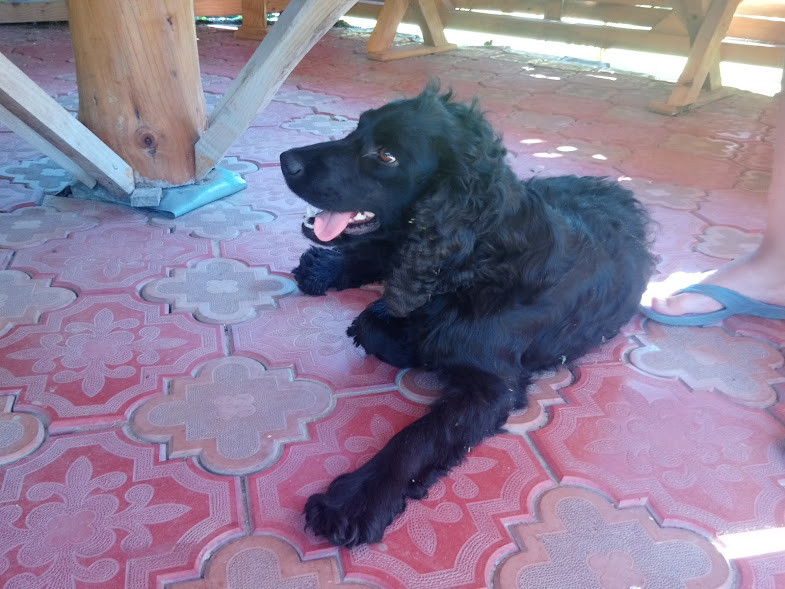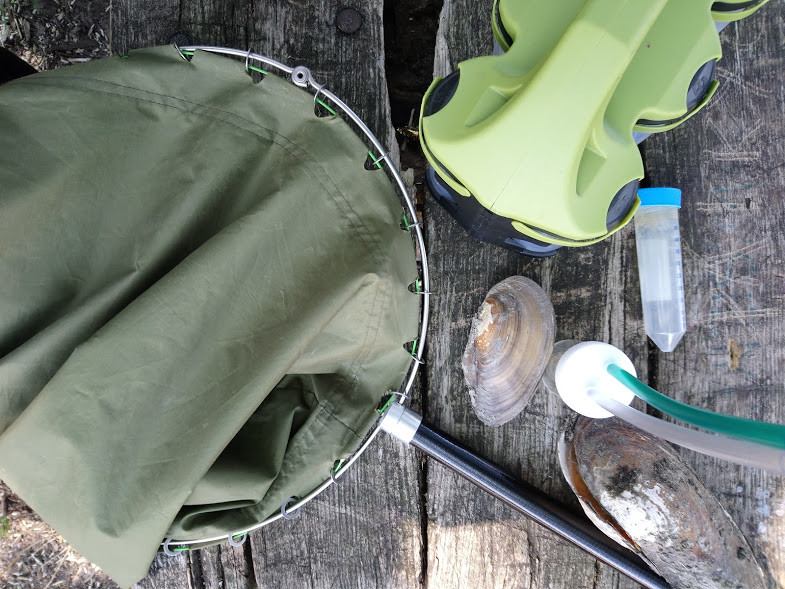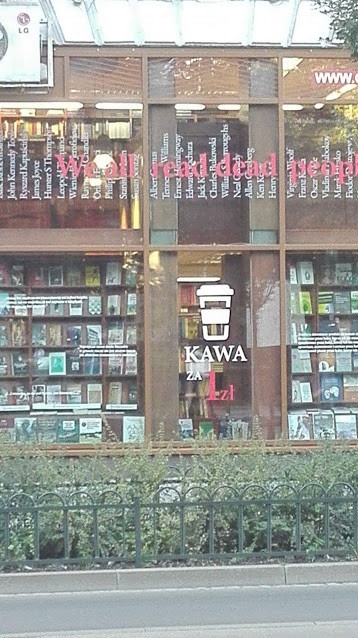Polish speaking guide 18
Przepraszam, gdzie tu blisko jest sklep?
Plural forms of nouns and adjectives
Feminine, neuter and masculine nouns which describe non-living objects take the following endings in the plural:
MasculineFeminineNeuter-y/i *
2 autobusy
2 kioski
-e
2 tramwaje
2 szpitale-y/i *
2 ambasady
2 apteki
-e
2 ulice
2 restauracje-a
2 lotniska
2 ronda* The -i ending is used after the consonants k- and g-
Examples:
1 bank – 2 banki (one bank – two banks)
1 plac – 2 place (one square – two squares)
1 szkoła – 2 szkoły (one school – two schools)
1 kawiarnia – 2 kawiarnie (one café – two cafés)
1 miasto – 2 miasta (one town – two towns)
Adjectives describing plural nouns end with -e, e.g.: stare samochody (old cars), nowe ulice(new streets), duże ronda (large roundabouts).
Pasażer:Dzień dobry, proszę na lotnisko.
Kierowca:Dzień dobry. Bardzo proszę.
Pasażer:Czy to jest daleko?
Kierowca:Nie, to jest około 7 kilometrów stąd.
Pasażer:Czy jest korek?
Kierowca:Nie, teraz nie ma.
Pasażer:To bardzo dobrze. Proszę jechać szybko. Niedługo mam samolot. Czy pan wie, jak nazywa się lotnisko w Warszawie?
Kierowca:Tak, lotnisko Fryderyka Chopina.
Pasażer:Dziękuję za informację.
Gość:Przepraszam, gdzie jest toaleta?
Kelner:Tam. Proszę iść prosto, a później skręcić w prawo.
Gość:Dziękuję.
Kelner:Proszę.
Gdzie jest...?Where is...?
Proszę skręcić w prawo/w lewo.Turn right/left.
Proszę jechać autobusem nr 20.Take bus number 20.
Verb: iść and jechać
singulariść
to go / to walkjechać
to go / to drive(ja)
(ty)
(on/ona/ono)idę
idziesz
idziejadę
jedziesz
jedzieplural (my)
(wy)
(oni/one)idziemy
idziecie
idąjedziemy
jedziecie
jadą
It is important to notice some changes to the roots of the verbs: -d- : -dzi- (in both verbs) and -a- : -e- (in jechać).
In Polish, there are 4 main types of verb conjugation. In all of them, the 1st and 2nd person plurals are created by adding ending -my and -cie respectively to the form of the 3rd person singulars. The 3rd person plural always take the ending -ą or -ją. However, please remember that there is a vast group of irregular verbs and that the described classification is a simplification.
Conjugation number 1 (with the singular endings: -ę, -esz, -e)
includes verbs with the characteristic infinitive ending -ować, e.g.: pracować (to work), studiować (to study), podróżować (to travel), interesować się (to be interested) and kupować (to buy). In all of these verbs, in both the singular and plural forms, the core -ow- is replaced with -uj-: pracuję, studiuję, podróżuję; pracujemy, studiujemy, podróżujemy.
The same conjugation applies to the verbs iść, jechać, chcieć (to want), pić (to drink), pisać(to write), móc (to be able), myć się (to wash oneself) and wstawać (to get up). However, note the change in the core, e.g.: pisać – piszę (-sz in all forms) móc – mogę – możesz (-g- in the 1st person singular and 3rd person plural; -ż- in all remaining forms), iść – idę – idziesz (-d- in the 1st person singular and 3rd person plural; -dzi- in all remaining forms).
Conjugations number 2 (with the singular endings: –ę, -isz/-ysz, -y/-i)
applies to verbs such as chodzić (to walk), robić (to do), myśleć (to think), lubić (to like), płacić (to pay), woleć (to prefer), musieć (to have to), uczyć się (to learn) and mówić (to speak).
Conjugation number 3 (with the singular endings: –am, -asz, -a/the so-called ‘no ending’) applies to verbs such as nazywać się, mieć, grać (to play), pływać (to swim), czytać (to read), oglądać (to watch), rozmawiać (to talk), spotykać się (to meet), umawiać się (to make an appointment), słuchać (to listen), znać (to know) and odpoczywać (to rest).
Conjugation number 4 (with the singular endings: -em, -esz, -e)
applies to verbs such as wiedzieć, rozumieć (to understand), umieć (to be able/can) and jeść(to eat).
Tu jest ulica Ekologiczna. Ten wysoki blok to mój dom. Mieszkam bardzo blisko centrum. Tamten niski budynek to bank. Obok jest poczta, a na przeciwko mój ulubiony mały sklep. Na prawo jest duży piękny park, na lewo jest szkoła, a tam metro.
The expressions na lewo (on the left), na prawo (on the right), obok (next to), naprzeciwko(opposite, across the street), blisko (close), daleko (far) are adverbs of location and answer the question gdzie? (where?). This question can also be answered by using the demonstrative pronouns tu (here) and tam, (there).
The pronouns ten, ta and to (this for masculine, feminine and neuter respectively) are used to identify an object located close to the speaker. For objects located further away pronouns tamten, tamta and tamto (that for masculine, feminine and neuter respectively) should be used.




Photo gallery
Want to have your own Erasmus blog?
If you are experiencing living abroad, you're an avid traveller or want to promote the city where you live... create your own blog and share your adventures!
I want to create my Erasmus blog! →








Comments (0 comments)